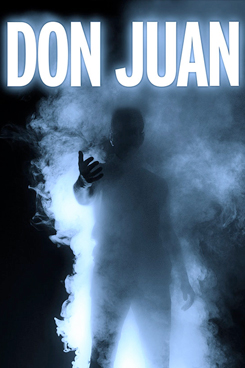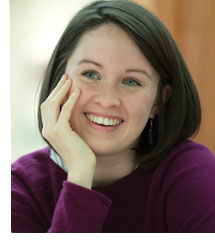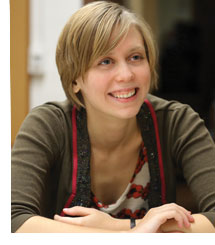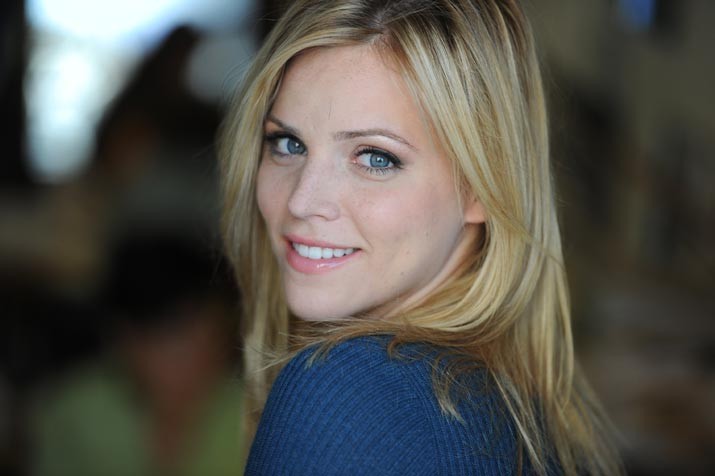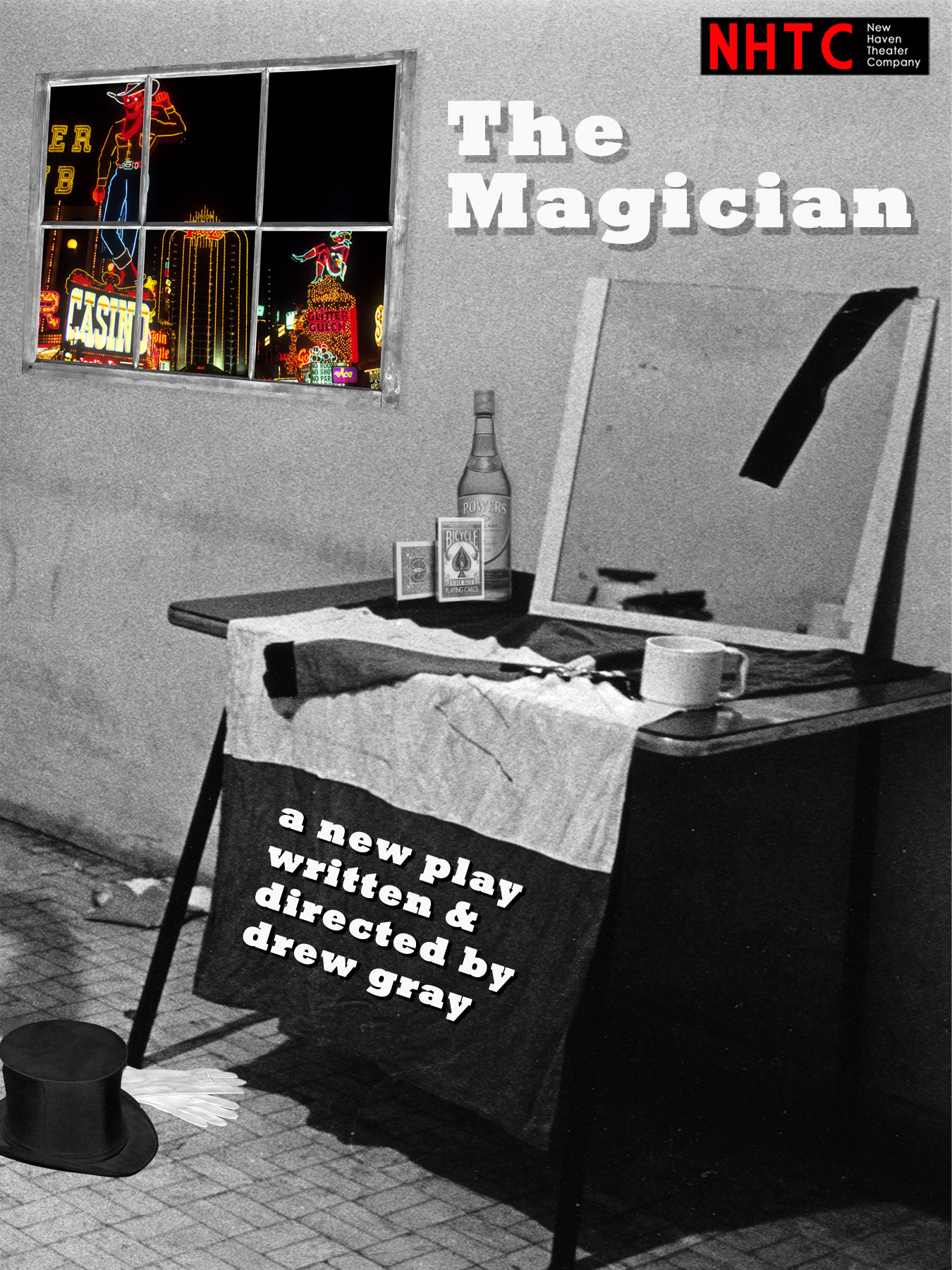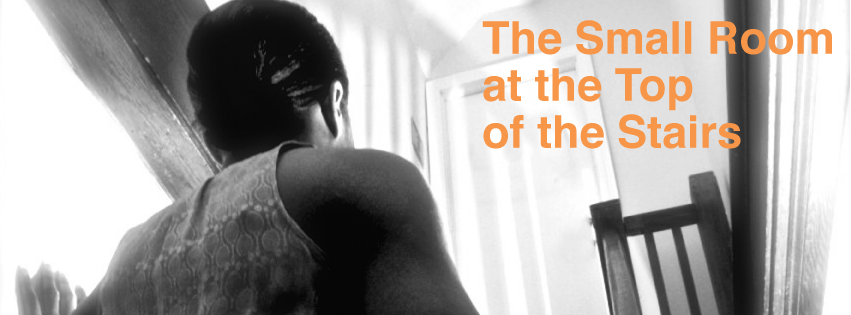Last weekend the Yale Summer Cabaret closed its first show, a most various Shakespearean pageant called Midsummer. Now, in the northern hemisphere, is the time of “midsummer,” and the Rough Magic Company will celebrate the season with Moonlight Revels. This Saturday, for one night only, the upstairs and downstairs of 217 Park Street will be transformed into a bower of bliss—or at least it will be the kind of party space where one may pursue one’s bliss. As a fundraiser/party Moonlight Revels asks that you pay what you will, at the door. What you’ll find inside is “music and merriment” in a “forest and fairy”-themed celebration of summer. Sprites galore, no doubt. And there will be “surprise performance pieces” that certainly sound intriguing—sort of Punch Drunk in an Arcadian setting. Beer and wine for sale, and solving a puzzle may win you a prize—and of course there will be door prizes as well.
It’s an excellent opportunity to party with the players and all those behind-the-scenes forces that make the magic—rough and otherwise—happen in that little room below. So whether you be fairy queen or rude mechanical, get in the spirit of the season—dance, drink, and beguile the time most festively.
Moonlight Revels Fundraiser – Party – Spectaculars
Saturday, June 27
8 p.m.-2 a.m. (dance party starts at 11 p.m.)
Open to the public; donation at the door requested
18 and over
Yale Summer Cabaret 217 Park Street New Haven
The next play at the Summer Cab, love holds a lamp in this little room, is a show even more devised than Midsummer was. The play itself is a-making as the rehearsals continue.
“Amorphous” is a good word to describe Adah Isaacs Menken, the subject of the play, a heroine who, in her short life of thirty-three years, became a theatrical celebrity, notorious for riding a horse on stage “nude.” Adah, who was friends with literary celebrities like Mark Twain and Charles Dickens, saw herself as a poet (the show’s title is a line in one of her poems), and yet was aware that some of her poetry might be too personal for publication. The practice of advance ticket sales was instituted due to the demand for her appearances. She was one of a kind and entirely sui generis.
Guest director Leora Morris is the main force behind the Summer Cab’s second show of the season. She was led to curiosity about Adah from a book called Women with Biceps, an exploration of how, throughout history, some women have re-drawn the borders between masculine and feminine appearance. Morris was struck by how “subversive” the idea of women with muscles could be, particularly in the time of Adah’s life, 1835-68.
Adah tended to reinvent herself as the situation required, and that fluidity—between genders, races, religions, ethnic background, as well as husbands and means of artistic expression—makes Adah a fascinating figure for Morris. Of Creole background, apparently, Adah was racially mixed and passed as white, so much so that she was willing to wear black-face in performance at times. She married a Jewish man (her second husband, though that wasn’t known at the time) and would sometimes speak as though she were raised Jewish—Judaism certainly interested her enough to study Kabbalah (traditionally, women can't)—while at other times referring to her actual antecedents in Christianity.
Morris is more concerned with how Adah dramatized and even fictionalized herself rather than with the literal particulars of her life. And that may be how Adah would prefer it. When writing autobiographically, including a farewell note for a suicide that didn’t succeed, Adah could be deliberately contradictory about her origins and her allegiances. For instance, while moved to distress by seeing lynched black men from a passing train, she could also go so far as to demand a Confederate flag be hung in her dressing room in Baltimore. Today, commentators would most likely see Adah as “conflicted” about her race, and would try to find the psychological and sociological factors that might contribute to her chameleonic personae. But Morris wants her collaborators to inhabit the theatrical possibilities of Adah’s contradictions and her willful sport with how people define themselves and others. The kind of uncertainties that might make a biographer despair are the very features that make Adah a great heroine for devised theater.
As Walt Whitman, another pal of Adah’s might say, “Do I contradict myself? Very well, then, I contradict myself.” The theme of a poem like “Song of Myself,” however, is that the poetic soul—and we all have one—“contains multitudes” and can’t be bounded by other people’s assumptions. “America,” Whitman saw, is just a unifying concept floating above vast mutability and diversity. Now, when recent outcries against the Confederate flag are unscoring the question of how unified “America” ever was, Morris and company’s play may be alerting us, in one unique woman’s journey, to the kinds of contradictions we’ve never solved, as a nation. It may also suggest how creative—and outrageous—“contradiction” can be. Think of Rachel Dolezal and the effort to weigh in on what she is and isn’t.
Seeing Adah as “the first real celebrity,” which she defines as someone known to many, many people who feel connected to the private life of a public person, Morris felt herself drawn to Adah for personal reasons: Morris, a native of Toronto, was drawn to dance as a youngster, and studied acting after receiving a BS in biology, with a second major in theater, from McGill. And if that’s not eclectic enough, Morris has ancestors who worked in vaudeville, and the kind of shows Adah appeared in draw from that background. Adah, from all accounts, was a consummate showperson, but was often frustrated—as actresses still are today—with the kinds of roles for which she was cast. Once she achieved fame for her role (with the horse) in Mazeppa, her fans asked little more of her than recreations of that show. So Adah can become a figure not only for the problematics of “identify” and “identifying as” in the varied history of our nation, but also for the tensions between what the public accepts or “demands” and what the artist wants to achieve.
Morris hopes her cast will be “free from the responsibility to depict the facts” of Adah’s notoriously ambiguous life, and “give impressions” rather than actual events. Part of the challenge—for cast and audience alike—is to conceive the constrictions of the time for a woman like Adah, and to realize how creative, and in some senses tragic, was her struggle to fulfill what she saw as her own artistic potential. On the day I visited a rehearsal, the cast was involved with two texts that may find their way into the show, to some degree. One was Adah’s rather rhetorically inflated account of her ancestors—including a mother who seemed to double as the Blessed Mother—and the other was a play about Lucretia Borgia in which Adah had acted. Both gave a sense of the florid theatrics of the time in which Adah thrived, and of the possibilities of imagining the kind of self-referential performance piece Adah might fashion around her various personae were she alive today.
As director, Morris says her role is to be a witness to what the piece becomes. Going into the room with her own sense of Adah and the important aspects of her story, Morris has to be attentive to how her cast—Chris Ross-Ewart, Melanie Field, Leland Fowler, Elizabeth Stahlmann, Shaunette Renée Wilson—find ways to enact and express the poetry, passion and conflicts of this fascinating figure. The first reaction to Morris’s project, for most, is disbelief. “People can’t understand why they never heard of [Adah].” Love holds a lamp in this little room may be an important step in changing that.
love holds a lamp in this little room
Based on the life and writings of Adah Isaacs Menken
Created and performed by the Company
Conceived and directed by Leora Morris
July 9-18, 2015
Yale Summer Cabaret







